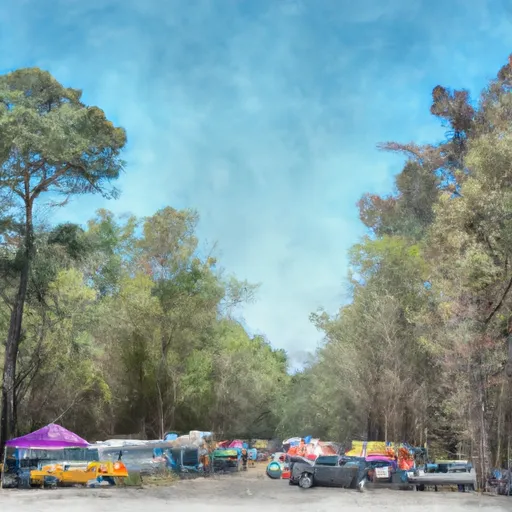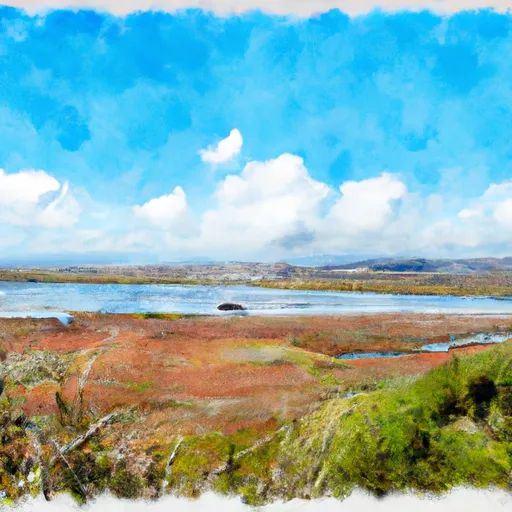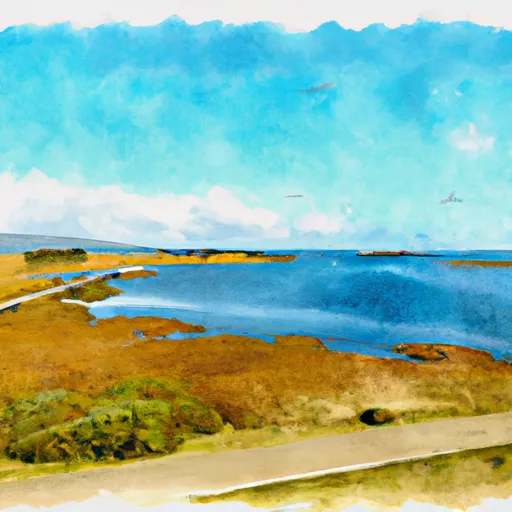South Spit Wildlife Area
Rate this placeLast Updated: December 28, 2025
South Spit Wildlife Area is a captivating natural destination located in the state of California, offering a multitude of reasons for visitors to explore its unique beauty.
°F
°F
mph
Wind
%
Humidity
Summary
This wildlife area is situated on a narrow sand spit that extends south into the Pacific Ocean from the entrance to Humboldt Bay.
One of the primary reasons to visit South Spit Wildlife Area is its abundant wildlife and diverse ecosystems. The area is home to a wide variety of bird species, making it a haven for birdwatchers and nature enthusiasts. Visitors can spot migratory and resident shorebirds, waterfowl, eagles, and many other avian species. The salt marshes, dunes, and grasslands provide a rich habitat for these birds, as well as other wildlife like harbor seals, sea lions, and deer.
The points of interest within the South Spit Wildlife Area are plentiful. Visitors can explore the scenic coastal dunes, which are some of the most extensive in California. The dunes offer picturesque landscapes and opportunities for hiking, photography, and picnicking. Additionally, the area features walking trails that allow visitors to immerse themselves in the stunning natural surroundings.
Interesting facts about South Spit Wildlife Area include its historical significance as a former military base during World War II. The area was used as a training ground for military personnel, and remnants of bunkers and other structures can still be found throughout the wildlife area. These remnants serve as a reminder of the area's past and add a unique element to the landscape.
The best time of year to visit South Spit Wildlife Area is during the spring and fall seasons. During these times, the area experiences a higher concentration of migratory birds, providing excellent birdwatching opportunities. The weather is generally pleasant during these seasons, with mild temperatures and less fog than other times of the year.
To ensure accuracy, it is recommended to consult multiple independent sources such as the official California Department of Fish and Wildlife website, local tourism websites, and other reputable sources to gather additional information and verify the details provided.
Weather Forecast
Park & Land Designation Reference
Large protected natural areas managed by the federal government to preserve significant landscapes, ecosystems, and cultural resources; recreation is allowed but conservation is the priority.
State Park
Public natural or recreational areas managed by a state government, typically smaller than national parks and focused on regional natural features, recreation, and education.
Local Park
Community-level parks managed by cities or counties, emphasizing recreation, playgrounds, sports, and green space close to populated areas.
Wilderness Area
The highest level of land protection in the U.S.; designated areas where nature is left essentially untouched, with no roads, structures, or motorized access permitted.
National Recreation Area
Areas set aside primarily for outdoor recreation (boating, hiking, fishing), often around reservoirs, rivers, or scenic landscapes; may allow more development.
National Conservation Area (BLM)
BLM-managed areas with special ecological, cultural, or scientific value; more protection than typical BLM land but less strict than Wilderness Areas.
State Forest
State-managed forests focused on habitat, watershed, recreation, and sustainable timber harvest.
National Forest
Federally managed lands focused on multiple use—recreation, wildlife habitat, watershed protection, and resource extraction (like timber)—unlike the stricter protections of national parks.
Wilderness
A protected area set aside to conserve specific resources—such as wildlife, habitats, or scientific features—with regulations varying widely depending on the managing agency and purpose.
Bureau of Land Management (BLM) Land
Vast federal lands managed for mixed use—recreation, grazing, mining, conservation—with fewer restrictions than national parks or forests.
Related References
Area Campgrounds
| Location | Reservations | Toilets |
|---|---|---|
 Samoa Boat Ramp County RV Park
Samoa Boat Ramp County RV Park
|
||
 Humboldt County Fairgrounds
Humboldt County Fairgrounds
|
||
 Redwood Acres Fairgrounds
Redwood Acres Fairgrounds
|

 Table Bluff Ecological Reserve
Table Bluff Ecological Reserve
 Humboldt Bay National Wildlife Refuge
Humboldt Bay National Wildlife Refuge
 National Wildlife Refuge Humboldt Bay
National Wildlife Refuge Humboldt Bay
 Samoa Dunes Recreation Area
Samoa Dunes Recreation Area
 Elk River Wildlife Area
Elk River Wildlife Area